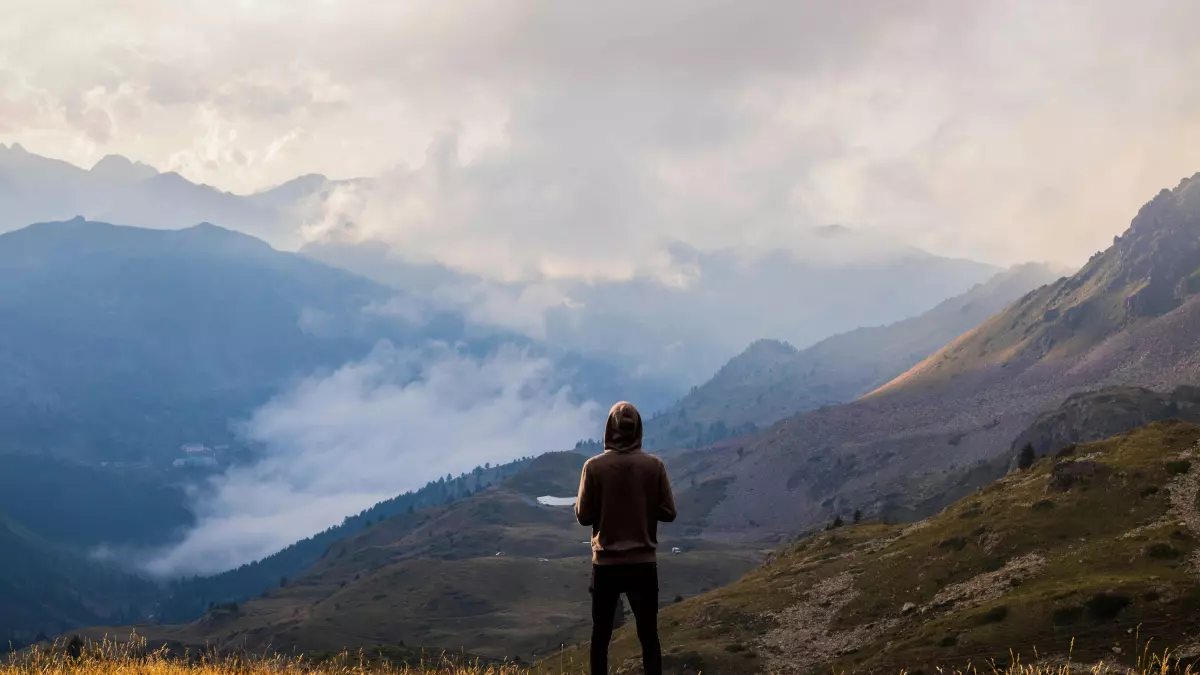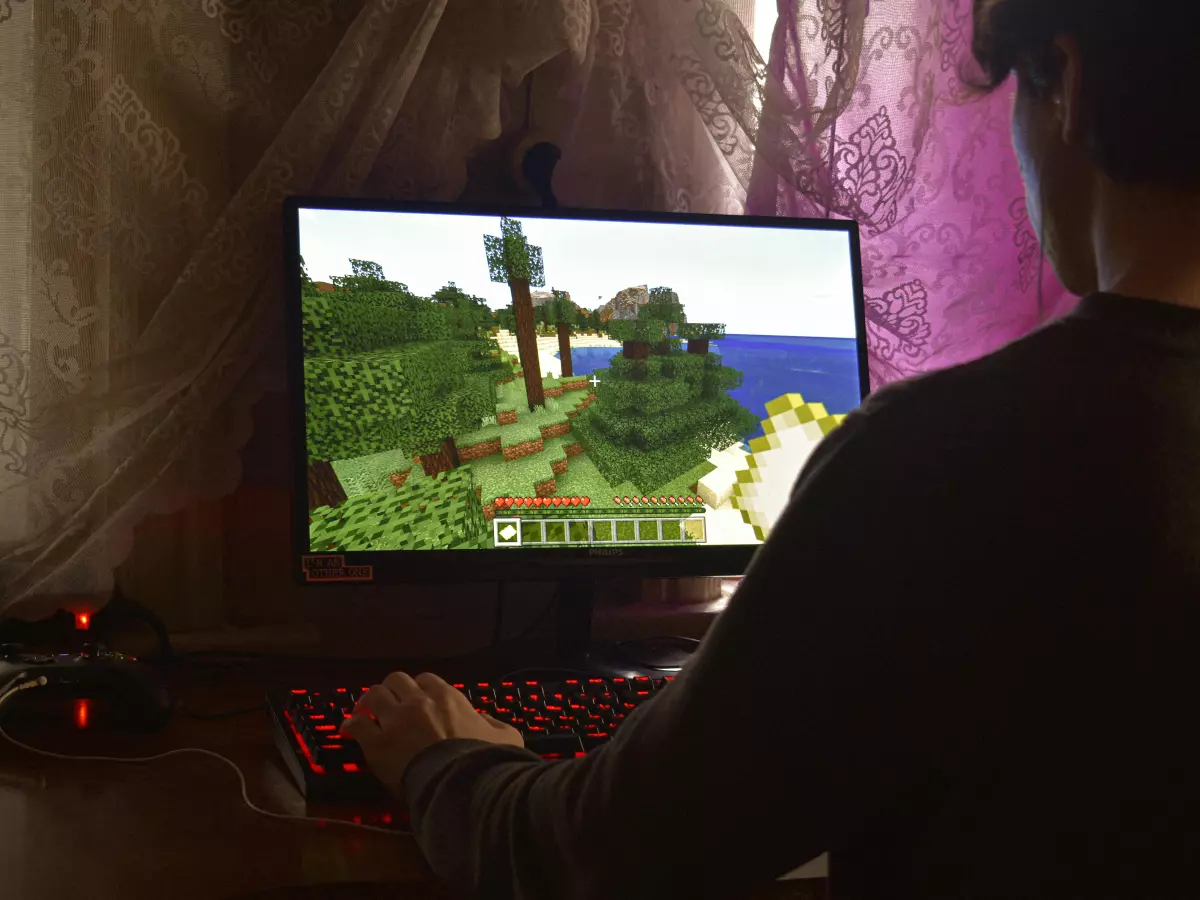Endless Landscapes
Remember the first time you ventured into a vast open-world game? Maybe it was Skyrim, or perhaps The Witcher 3. The sheer scale of the landscapes was breathtaking. But here's the thing: those mountains, forests, and valleys weren't meticulously handcrafted. Instead, much of what you saw was generated in real-time by the game engine, using a combination of clever algorithms and rendering techniques.

By Elena Petrova
There's a common myth floating around that game developers sit at their desks, painstakingly designing every hill, rock, and tree in these massive open worlds. While that might be true for some key landmarks, the reality is far more technical. Game engines use real-time terrain generation to create these sprawling environments, and it's not as simple as slapping together a few polygons. It's a complex dance between procedural generation, LOD (Level of Detail), and efficient memory management.
So, how do game engines pull off this magic trick? Let's break it down.
Procedural Generation: The Backbone of Terrain
At the heart of real-time terrain generation is procedural generation. This technique allows game engines to create vast, unique landscapes on the fly, without requiring developers to manually design every inch of the world. Think of it like a recipe: the engine has a set of rules (or algorithms) it follows, and based on those rules, it 'bakes' the terrain in real-time.
One of the most common algorithms used in procedural terrain generation is Perlin noise. It's a type of gradient noise that helps create natural-looking variations in terrain, like rolling hills or jagged mountains. By tweaking the parameters of the noise function, developers can control the 'roughness' or 'smoothness' of the landscape. And the best part? This can all be done dynamically, meaning the terrain can change based on player actions or other in-game events.
LOD: Keeping Your GPU Happy
Now, generating massive terrains is one thing, but rendering them efficiently is another beast entirely. This is where LOD, or Level of Detail, comes into play. The idea behind LOD is simple: objects that are far away from the player don't need to be rendered in high detail. After all, why waste precious GPU resources rendering every blade of grass on a mountain that's miles away?
Game engines use LOD to dynamically adjust the detail of the terrain based on the player's distance from it. As you move closer to an object, the engine increases its detail. Move further away, and the detail decreases. This technique allows for massive landscapes to be rendered without tanking your frame rate.
But LOD isn't just about reducing detail. It also involves clever culling techniques, where the engine decides which parts of the terrain are even worth rendering. If a mountain is blocking your view of a valley, why bother rendering the valley at all? By using LOD and culling together, game engines can efficiently manage the rendering of huge terrains without overwhelming your hardware.
Streaming: Loading Worlds on the Fly
Another critical aspect of real-time terrain generation is asset streaming. In open-world games, it's impossible to load the entire world into memory at once. Instead, game engines use streaming techniques to load and unload parts of the world as needed.
Imagine you're walking through a dense forest in a game. As you move forward, the engine is constantly loading new terrain and assets in front of you, while unloading the terrain behind you. This ensures that only the necessary parts of the world are in memory at any given time, allowing for seamless exploration without loading screens.
Streaming isn't just about loading terrain, though. It also involves managing textures, lighting, and other assets that make the world feel alive. The key challenge here is ensuring that the player never notices the streaming process. Done poorly, and you'll get pop-in, where objects suddenly appear out of nowhere. Done well, and the world feels seamless and immersive.
Heightmaps: The Blueprint of Terrain
While procedural generation and LOD are essential, game engines also rely on heightmaps to create realistic terrain. A heightmap is essentially a grayscale image where each pixel represents a different elevation. The engine reads this image and uses it as a blueprint to generate the terrain's shape.
Heightmaps are incredibly efficient because they allow developers to create detailed terrain without having to manually sculpt every feature. By combining heightmaps with procedural generation, game engines can create vast, realistic landscapes that feel handcrafted, even though much of the process is automated.
So, What's the Catch?
Of course, real-time terrain generation isn't without its challenges. One of the biggest issues is balancing performance with visual fidelity. The more detailed the terrain, the more strain it puts on the GPU. And while techniques like LOD and streaming help mitigate this, there's always a trade-off between performance and quality.
Another challenge is ensuring that the terrain feels natural. Procedurally generated landscapes can sometimes feel repetitive or artificial, especially if the algorithms aren't fine-tuned. Developers often have to strike a delicate balance between randomness and control to ensure that the terrain feels organic and believable.
So, next time you're wandering through a vast open-world game, take a moment to appreciate the tech behind the scenes. Those mountains, valleys, and forests aren't just pretty backdrops—they're the result of some seriously impressive engineering.
And who knows? Maybe one day you'll be the one designing the algorithms that create the next great gaming landscape.





